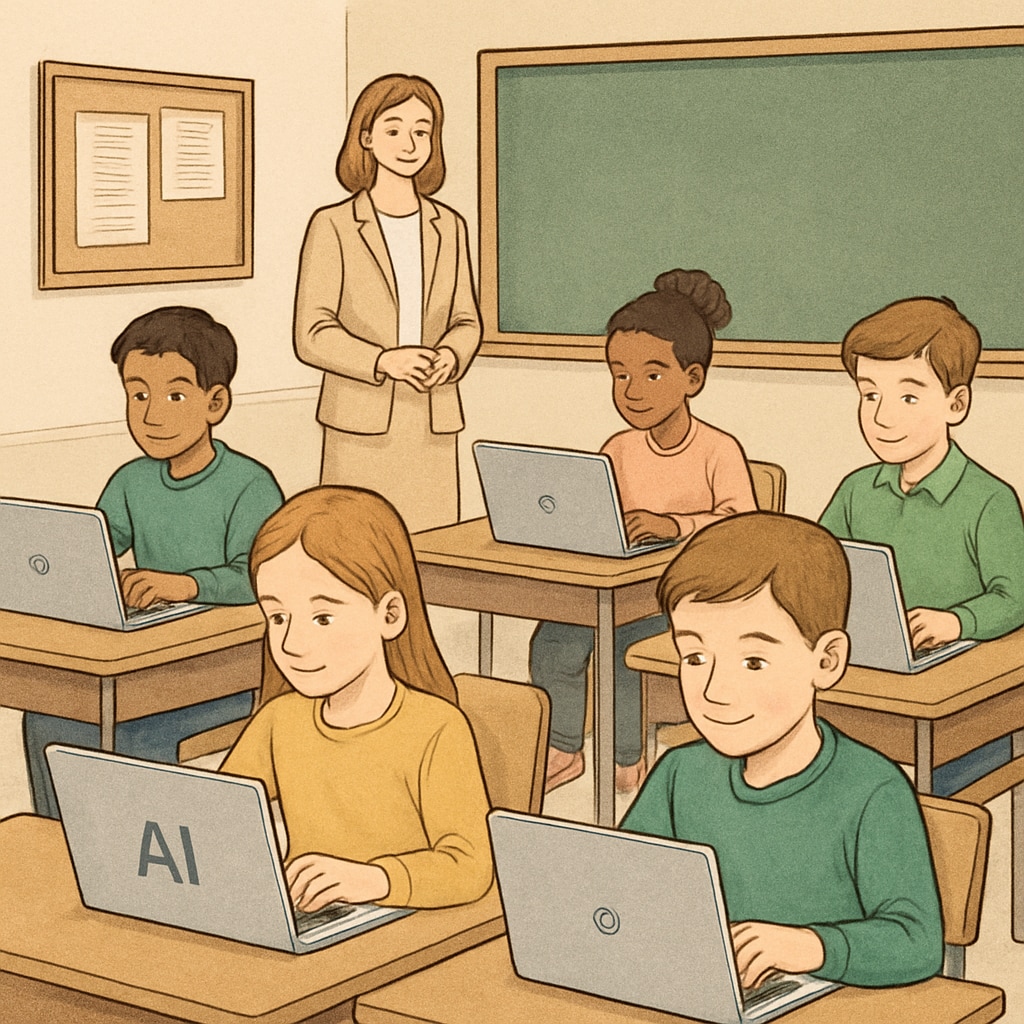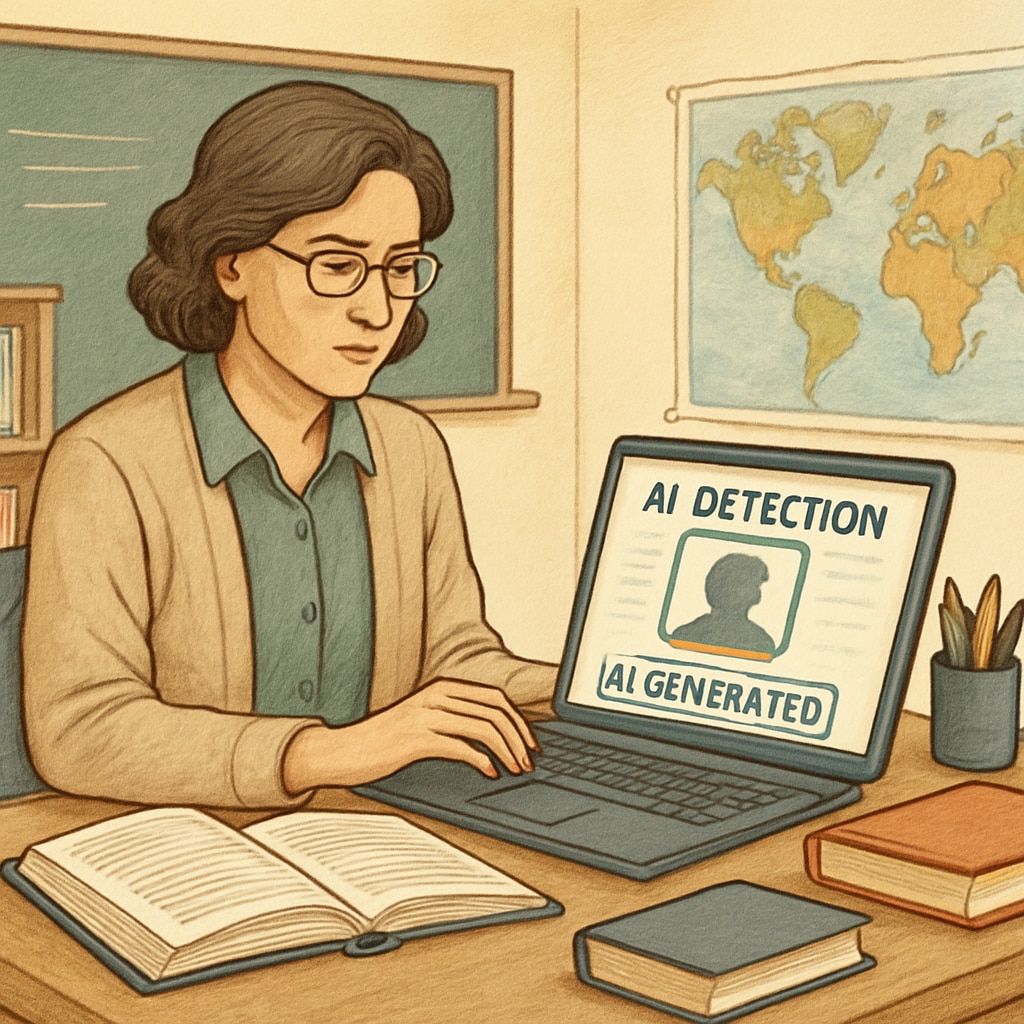With the rapid integration of AI tools into education, K12 students are increasingly using AI to complete assignments, raising concerns about academic integrity and detection challenges. Educators must grapple with how to embrace technological innovation while ensuring fairness and genuine learning. Striking this balance has become one of the most pressing issues in modern classrooms.
Challenges of AI Use in K12 Education
The use of AI-powered tools, such as ChatGPT and essay generators, has created a new landscape for student learning. While these tools offer opportunities for personalized assistance and enhanced creativity, they also pose significant risks. For example, students may rely on AI for quick answers, bypassing critical thinking and genuine effort.
One major challenge is the detection of AI-generated work. Many educators lack the resources or training to identify assignments completed with AI help. Detection tools, while helpful, are not always accurate and can sometimes misclassify genuine student work as AI-generated. This creates a risk of misjudgment and unfair penalties.
Additionally, there is an ethical dilemma in balancing accessibility and fairness. While AI tools can level the playing field for students with learning disabilities or language barriers, unrestricted use can undermine the overall learning process.

Strategies for Maintaining Academic Integrity
To address the challenges posed by AI in education, educators and schools must adopt proactive strategies. Here are several approaches that can help:
- Education on Responsible AI Use: Teach students about the ethical implications of AI and emphasize its role as a supplementary tool rather than a replacement for effort.
- Use of Detection Tools: Employ advanced AI-detection software to identify AI-generated work while ensuring transparent processes to avoid false accusations.
- Focus on Process-Oriented Learning: Design assignments that require students to demonstrate their thought process, such as drafts, peer reviews, or presentations.
- Professional Development for Educators: Train teachers to recognize signs of AI misuse and integrate AI tools responsibly into their teaching methods.
By combining education, technology, and process-oriented strategies, schools can foster an environment where technology complements learning rather than undermining it.

The Role of Limited Resources in Technology Adoption
Many schools, particularly those with limited budgets, face difficulties in adopting effective solutions to manage AI-related challenges. Detection tools and AI education programs often require significant investment, which may not be feasible for all institutions. As a result, schools must prioritize affordable and scalable options.
For example, open-source AI-detection tools or partnerships with technology companies can provide cost-effective solutions. Additionally, fostering collaboration among educators to share best practices can reduce the burden on individual schools.
Despite resource constraints, educators can focus on fostering critical thinking and ethical responsibility in students. Encouraging student ownership of their learning journey is often more impactful than relying solely on technology-based solutions.
Readability guidance: Use concise paragraphs and bulleted lists to summarize key points. Ensure transition words facilitate flow between ideas. Maintain balance between technical terms and accessible language to engage a broad audience.


